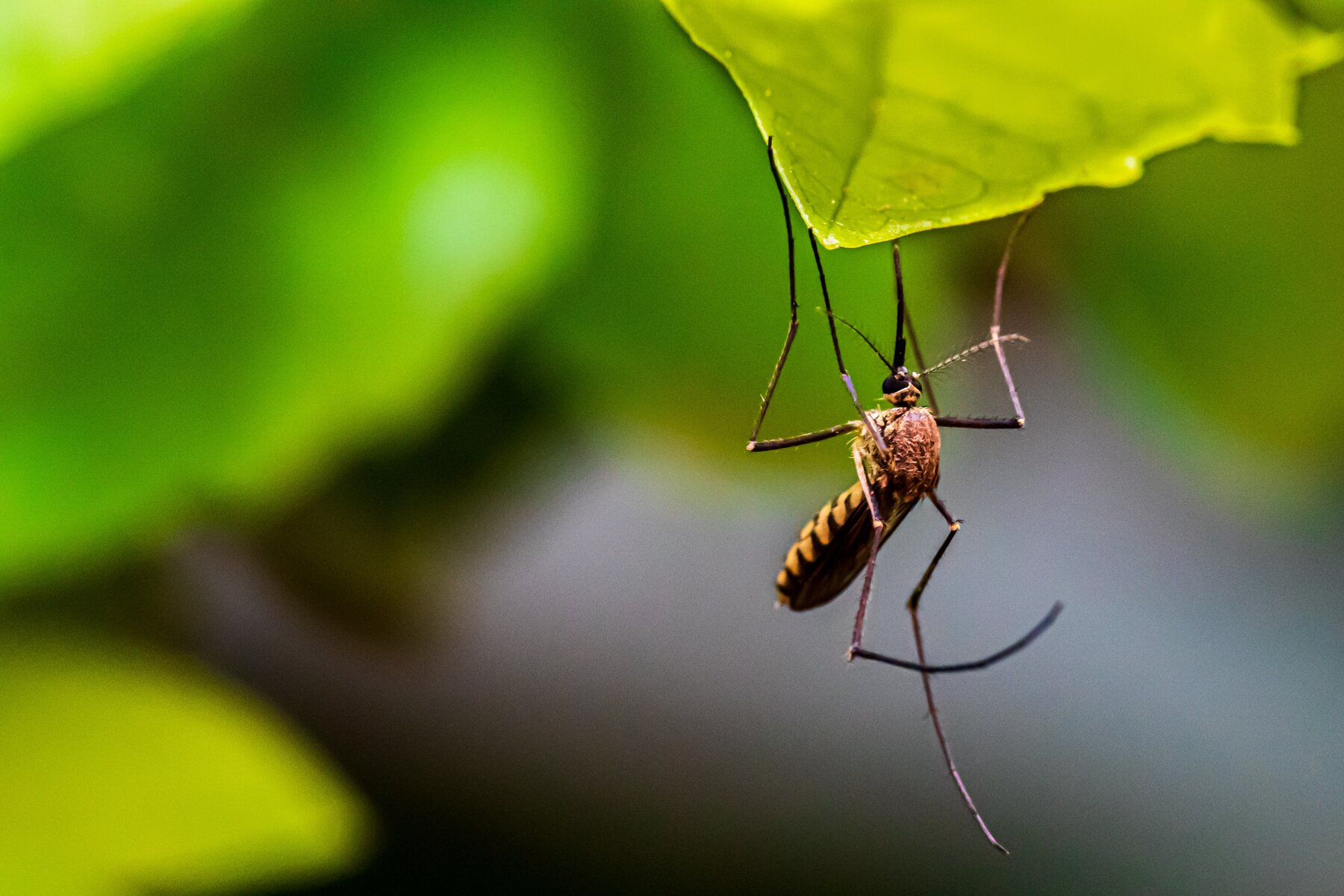Dengue Fever: A Prevention Guide for Travelers

Planning a trip to South America? Whether you’ll enjoy the beautiful beaches of Curitiba (Brazil) or discover breathtaking landscapes in Mendoza (Argentina), there’s a disease you need to be aware of.
In this post, we’ll share what you need to know to stay safe from Dengue fever.
We’ll cover:
- What is dengue fever and how it spreads
- Common dengue symptoms and treatments
- Dengue map: Affected areas & Dengue fever in the US
- How to prevent dengue fever
Ready? Let’s dive in!
What Is Dengue Fever and How Does It Spread?
Dengue fever is a disease caused by the bite of an infected Aedes mosquito. These mosquitoes also spread Zika, Chikungunya, and other viruses.
There are four types of Dengue virus. Consequently, a person can be infected with Dengue as many as four times in his or her lifetime. These viruses are simply referred to as Dengue 1, 2, 3 & 4.
Dengue cannot be transmitted from person to person. However, if a mosquito bites an infected individual, it can become a vector of the disease.
According to the CDC, only 1 in 4 infected people will develop symptoms. And mild dengue may look very similar to a very bad cold, which often leads to misdiagnosis. Additionally, some patients may initially underestimate the infection and delay getting treatment.
Let’s take a closer look at Dengue fever symptoms and treatments.
Common Dengue Fever Symptoms & Treatments
In most cases, Dengue fever symptoms will last under a week.
These symptoms include:
- Fever
- Nausea and vomiting
- Rashes
- Intense body aches
About 1 in 20 people who develop symptoms of Dengue fever will have a severe infection. Severe Dengue infection may be lethal. So, it’s key to act fast.
Signs of a severe case of Dengue include:
- Frequent vomiting (>3 times in 24 hours)
- Bleeding from the nose and gums
- Vomiting or excreting blood
- Tiredness and irritability
If someone around you is suffering from a severe case of Dengue, take them to an emergency room immediately.
There isn’t a specific treatment for Dengue. Most healthcare providers will just focus on controlling the symptoms. However, there is a Dengue vaccine.
Should You Get Vaccinated Against Dengue?
The Dengue vaccine has been approved for children aged 9-16 living in areas where Dengue infections are frequent.
If you’re planning to relocate to an area where Dengue is endemic and you have children under your care, you may want to consider getting them vaccinated. However, this vaccine hasn’t been approved for travelers.
Dengue Map: What Are the Most Affected Areas?
Almost half of the world’s population (about 4 billion people) live in areas with a high risk of Dengue infection. Dengue is often a leading cause of illness in areas at risk.
Dengue is a top public health concern in:
- South America
- Southeast Asia
- East Africa
You can find a full list of high-risk countries on the CDC’s website.
Each year, up to 400 million people get infected with Dengue. Approximately 100 million people get sick from the infection. And about 40,000 of these cases are fatal.
Is Dengue a Problem in the US?
Maybe you’re wondering if you’re safe from Dengue fever in the continental US. In the last few years, some Dengue cases have been reported across:
- Florida
- Texas
Most Dengue outbreaks in the continental US were small and limited to specific areas. And the infected patients brought in the disease from abroad. However, the type of mosquito that carries the Dengue virus is common across the US. So, a locally originated outbreak isn’t impossible.
But the US territories most affected by Dengue are:
- American Samoa
- The U.S. Virgin Islands
- The Federated States of Micronesia
- The Republic of Marshall Islands
- The Republic of Palau
How to Prevent Dengue Fever
The most effective way to prevent a Dengue infection is by using EPA-registered insect repellents. These repellents are regarded as safe. Even for people who are pregnant or breastfeeding.
Choose repellents with the following ingredients:
- DEET
- Picaridin (known as KBR 3023 and icaridin outside the US)
- IR3535
- Oil of lemon eucalyptus (OLE)
- Para-menthane-diol (PMD)
- 2-undecanone
Use EPA’s search tool to find the best repellent for you.
How to Keep Children Safe from Dengue Fever
If you have children under your care, you can keep them safe from Dengue by:
- Dressing them in clothing that covers their legs and arms
- Covering strollers and baby carriers with mosquito netting
- Applying insect repellent
When applying insect repellent on your child, make sure you follow the product label’s instructions. If your child is under 3 years old, avoid products containing OLE and PMD.
Additionally, when applying repellent, stay away from your child’s eyes or mouth. Avoid irritated skin and cuts, and make sure you don’t apply any repellent on the child’s fingers.
If you want to protect your child’s face from mosquito bites, apply some repellent on your hands and softly rub their face.
How to Repel Mosquitoes Indoors & Outdoors
Another key way to prevent Dengue infections is by keeping Aedes mosquitoes away.
Take these steps to control mosquitoes indoors and outdoors:
- Gravitate towards indoor spaces with mosquito screens
- If you’re planning to rent a property, ask about the state of its mosquito screens
- If possible, keep your windows closed and use air conditioning
- Scrub, turn over, cover or throw away items that may hold water, including tires, buckets, planters, toys,
- birdbaths, flowerpots and trash containers
- Check for water-holding containers both indoors and outdoors
It’s extremely important to keep an eye on water-holding objects, as that’s where mosquitoes lay their eggs.
Key Takeaways
In this post, we shared key tips to help you stay safe from Dengue during your next holiday. No need to change your travel plans. Staying informed and taking preventive measures can go a long way. And don’t forget to seek medical attention if you or someone you’re traveling with displays symptoms of Dengue fever.
Additionally, keep in mind that the COVID pandemic isn’t over yet. So it’s key to get tested before your next trip, even if your target destination doesn’t require it. Getting tested is a simple, quick, and non-invasive way to keep you and everyone around you safe.
Discover testing locations near you with our international directory.



